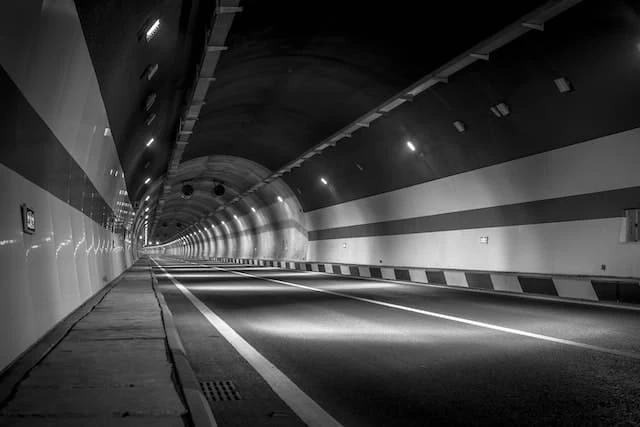Introduction:
Tunnels play a crucial role in modern infrastructure, providing efficient transportation and utility networks. However, these underground structures face significant challenges, including water infiltration. The importance of effective waterproofing in tunnel design cannot be overstated. This article explores the role of waterproofing in ensuring safety underground, discussing its significance, challenges, and best practices tunnel waterproofing Service in India.
- Understanding the Significance of Waterproofing in Tunnels:
Water infiltration poses serious risks to tunnel structures and their surrounding environments. It can lead to erosion, corrosion, and the deterioration of critical components such as concrete or steel reinforcements. Additionally, water ingress can compromise electrical systems, increase maintenance costs, and threaten the safety of tunnel users. Therefore, robust waterproofing solutions are vital to ensure the durability, functionality, and safety of tunnels. - Challenges in Tunnel Waterproofing:
a. Hydrostatic Pressure: Tunnels often encounter high water pressure from groundwater or natural water bodies. This pressure can cause water to seep through cracks, joints, or weak points in the tunnel structure. Effective waterproofing solutions must consider this hydrostatic pressure and prevent water ingress under extreme conditions. - Geological Conditions: Variations in soil composition, rock formations, and groundwater levels present unique challenges in tunnel construction. A thorough understanding of geological conditions is crucial for selecting appropriate waterproofing techniques that can withstand the specific environment.
- Durability: Tunnels have long service lives and require waterproofing solutions that can withstand the test of time. Aging, settlement, vibrations, and other factors may compromise the integrity of initial waterproofing measures. Regular inspections, maintenance, and repair programs should be implemented to ensure long-term durability.
- Best Practices in Tunnel Waterproofing:
a. Integrated Approach: Waterproofing should be considered at every stage of tunnel design, from conceptualization to construction and ongoing maintenance. Collaborative efforts among geotechnical engineers, structural designers, and waterproofing specialists help to identify vulnerabilities and implement comprehensive solutions. - Multilayered Systems: Combining various waterproofing techniques provides redundancy and enhances reliability. These may include the application of liquid sealants, membranes, grouting, injection systems, and drainage provisions. Each layer of protection should be strategically placed based on site conditions and potential water ingress points.
- Compatibility with Structural Elements: Waterproofing systems must be designed to harmonize with other tunnel elements, such as expansion joints, reinforcements, and service penetrations. Ensuring compatibility minimizes the risk of water infiltration through these vulnerable areas.
- Quality Materials and Expert Installation: Choosing high-quality waterproofing materials that meet industry standards is paramount. Equally important is proper installation by skilled professionals who understand the specific requirements and intricacies of tunnel waterproofing. Regular quality control and site inspections are essential to maintain construction standards.
Conclusion:
Waterproofing is a critical component in ensuring safety and longevity underground. By addressing challenges such as hydrostatic pressure, geological conditions, and durability concerns, engineers can implement effective waterproofing solutions. Incorporating an integrated approach, employing multilayered systems, ensuring compatibility with structural elements, and using quality materials with expert installation are key best practices to enhance the success of tunnel waterproofing. Emphasizing the role of waterproofing in tunnel design is vital for creating sustainable underground infrastructure that is safe, resilient, and capable of meeting the needs of future generations
Google Map - https://goo.gl/maps/tYPUHNsdzmcTeRDe9 (801, Odyssey, Rd Number 9, Wagle Industrial Estate, Thane West, Mumbai, Thane, Maharashtra 400604 )



